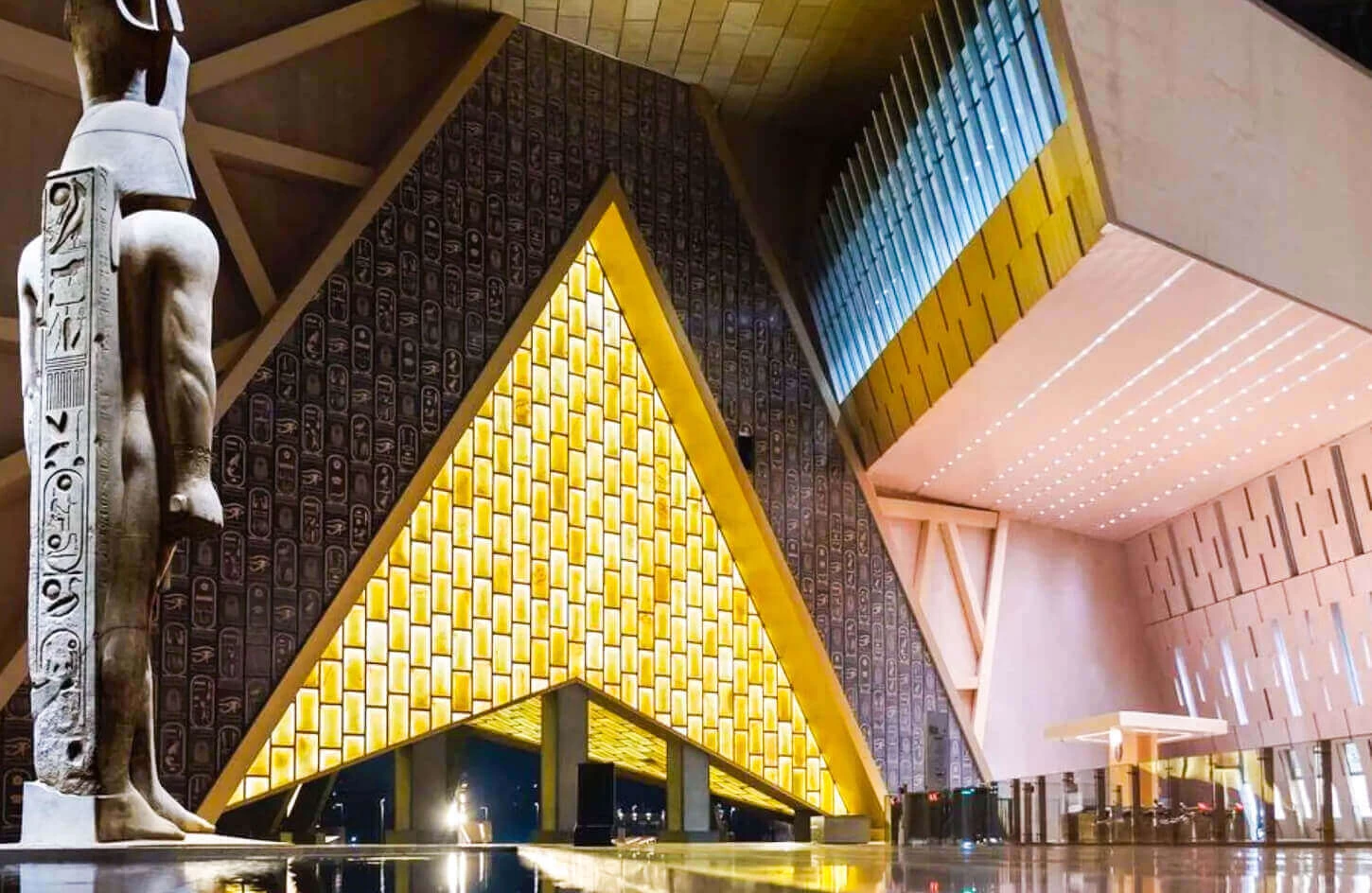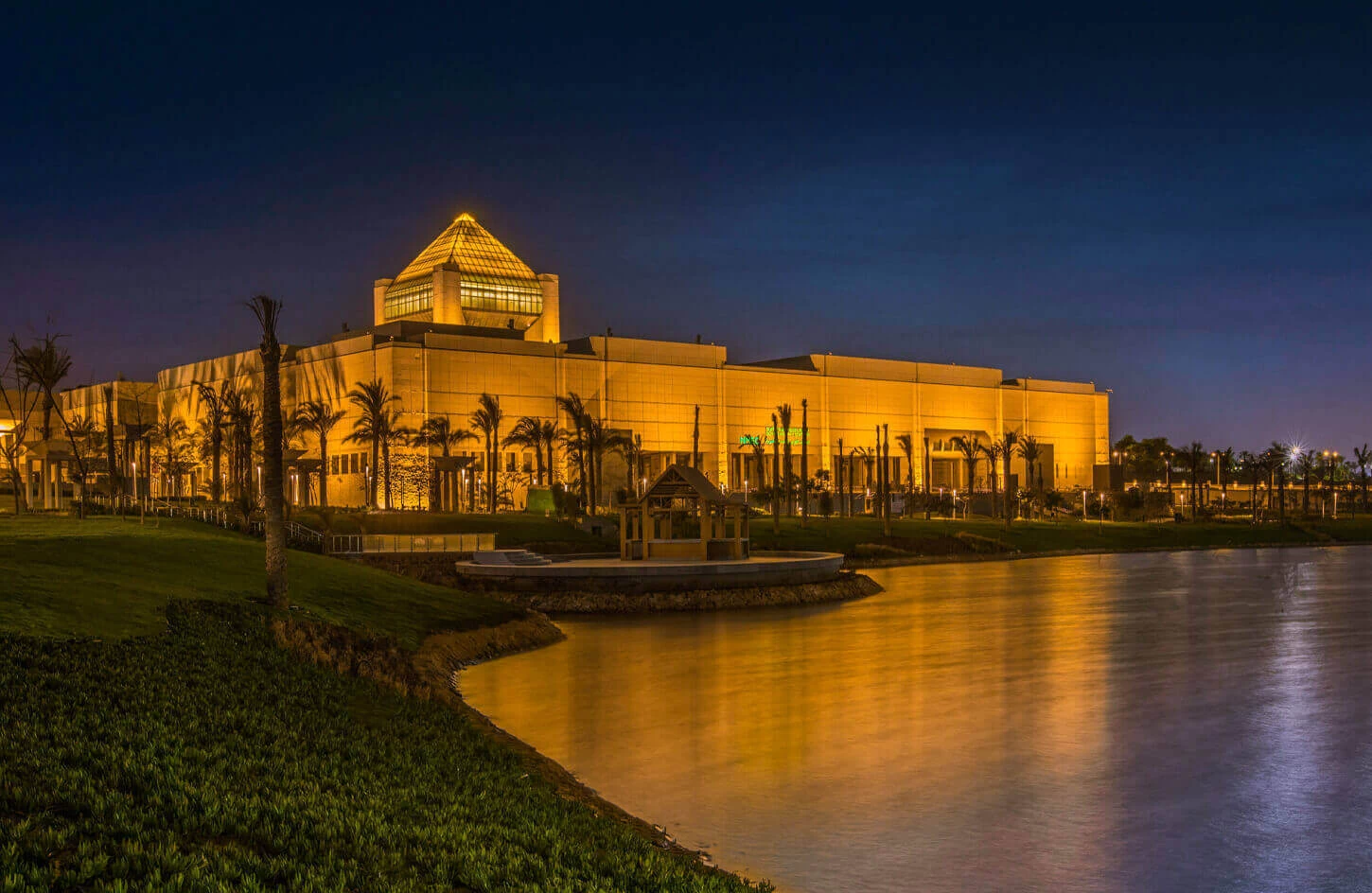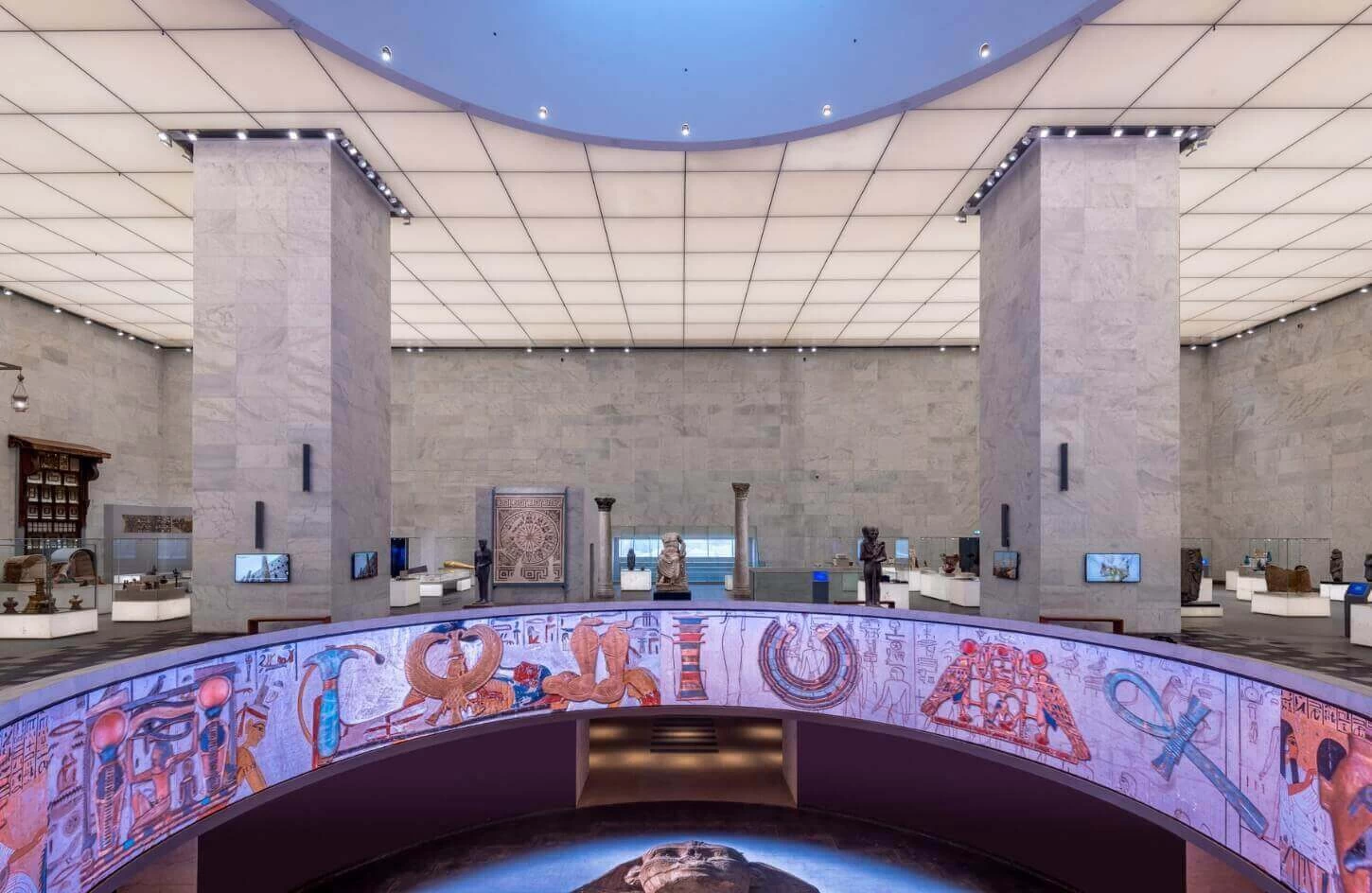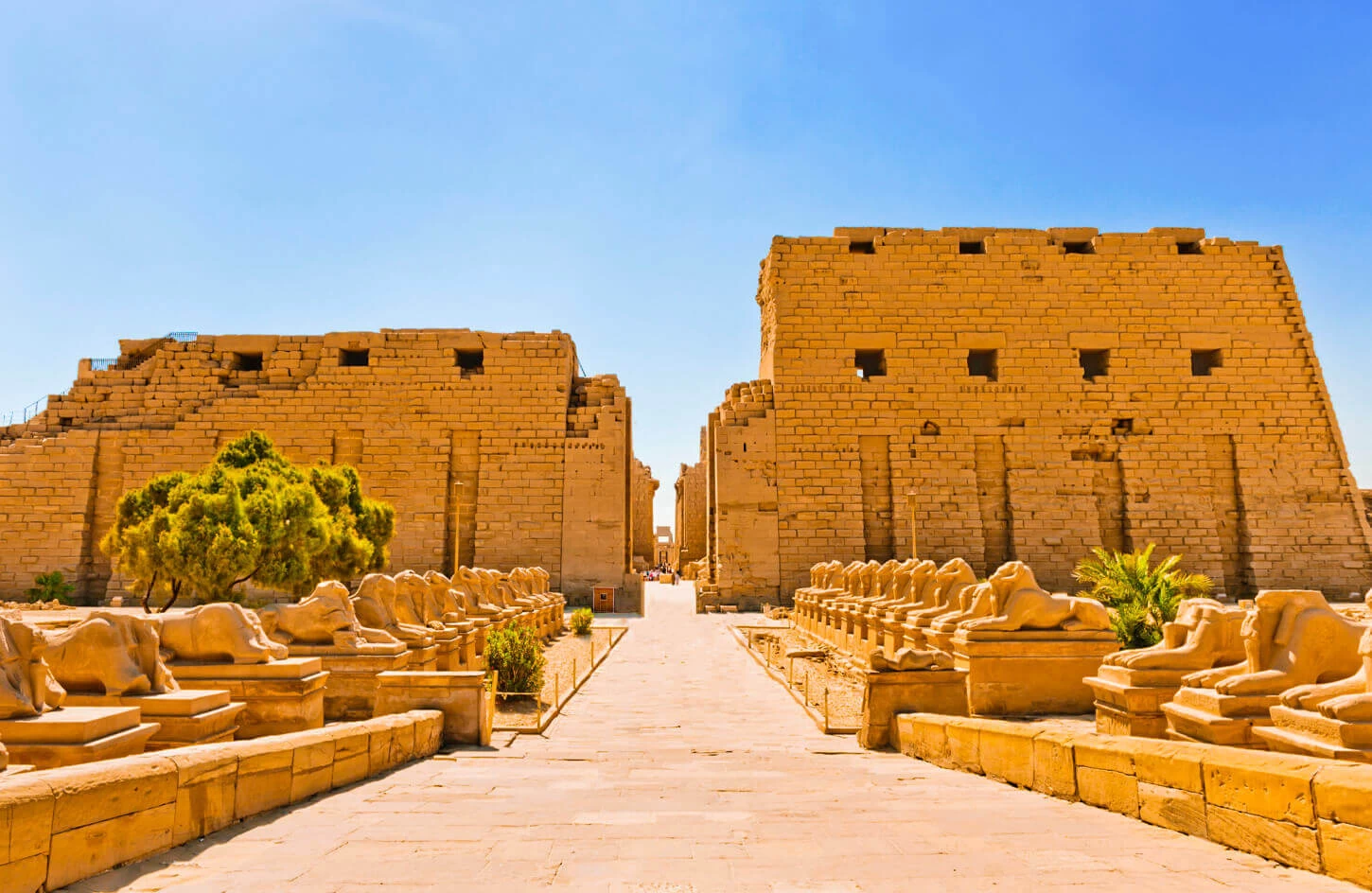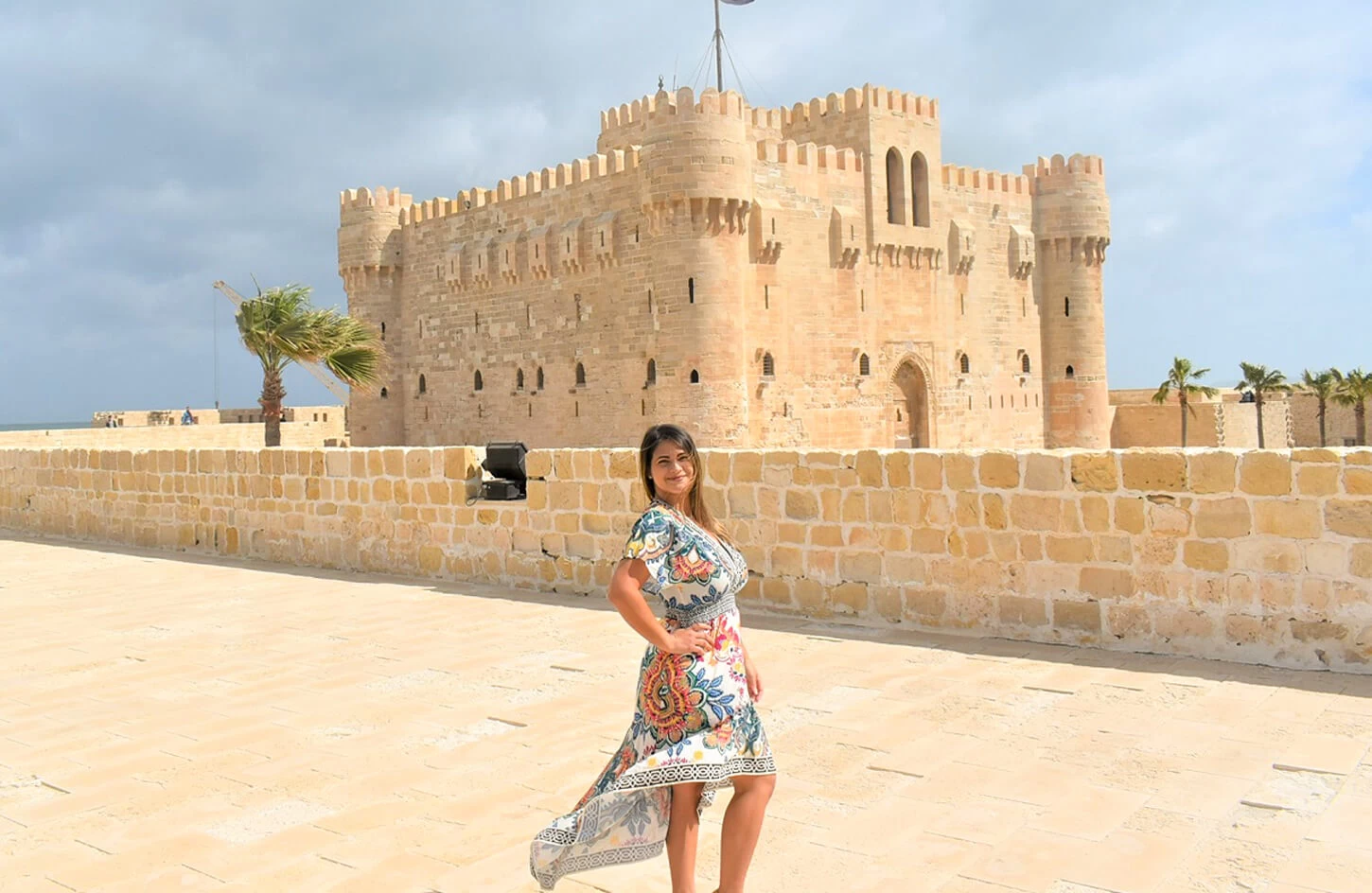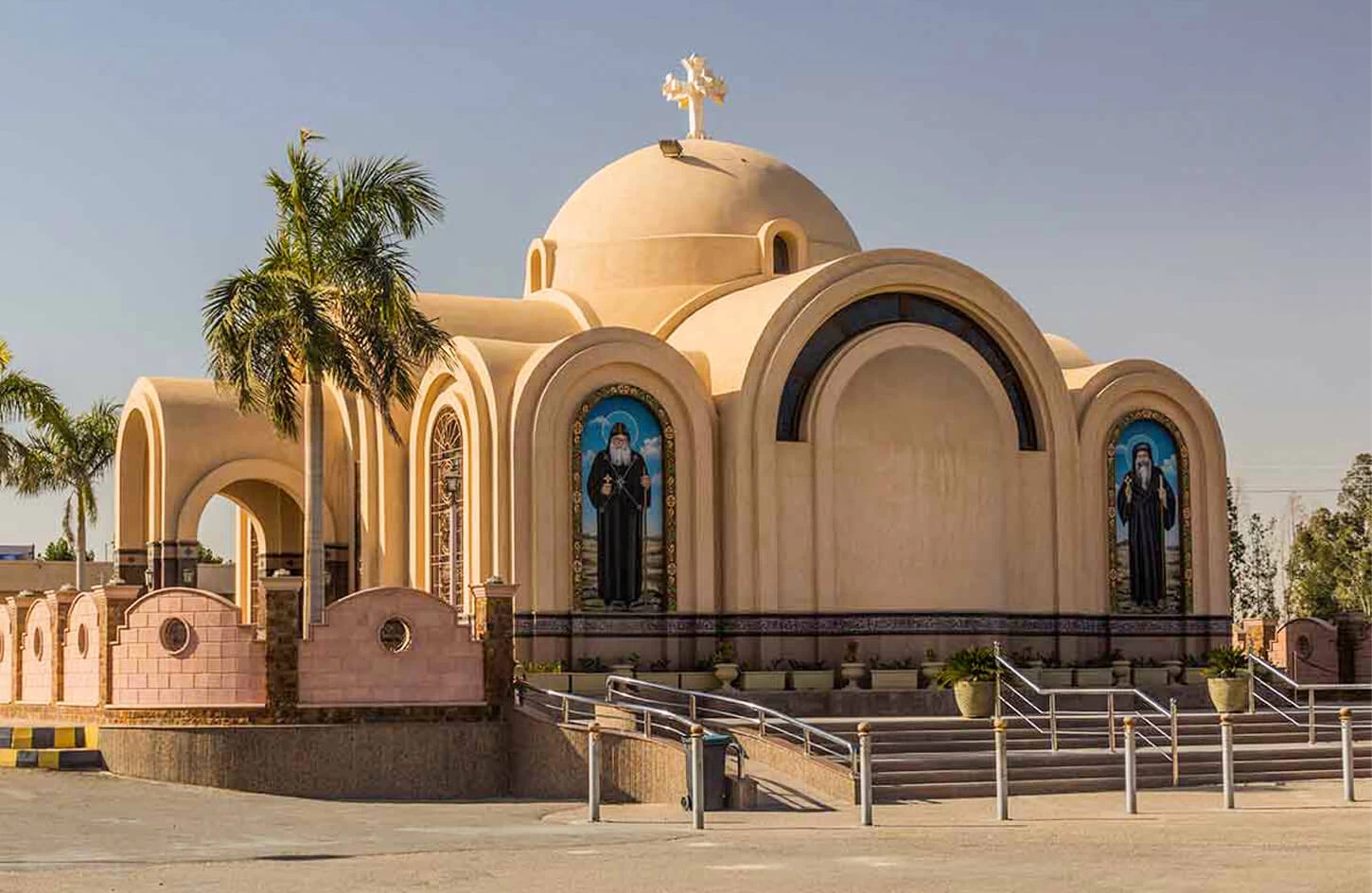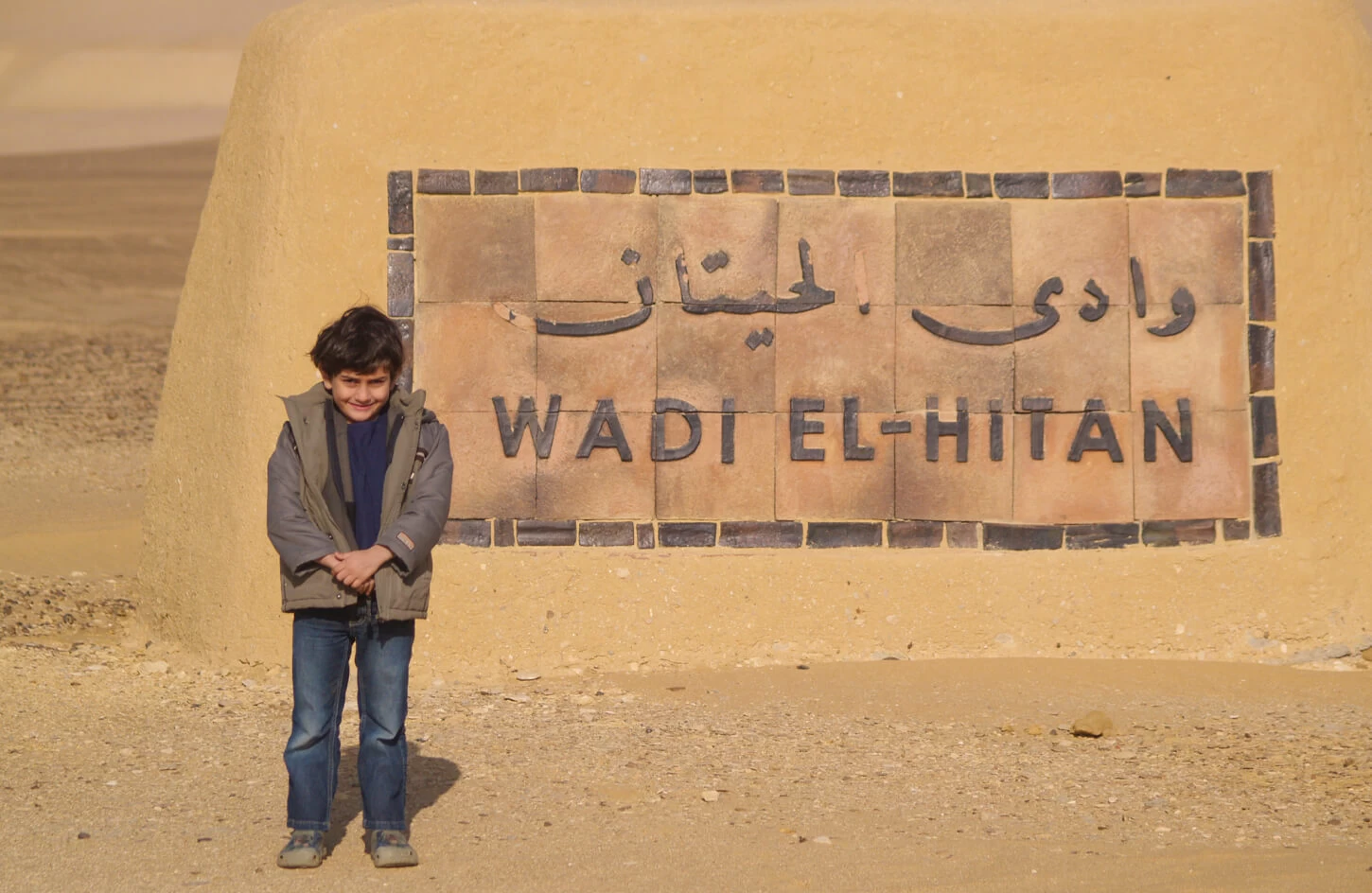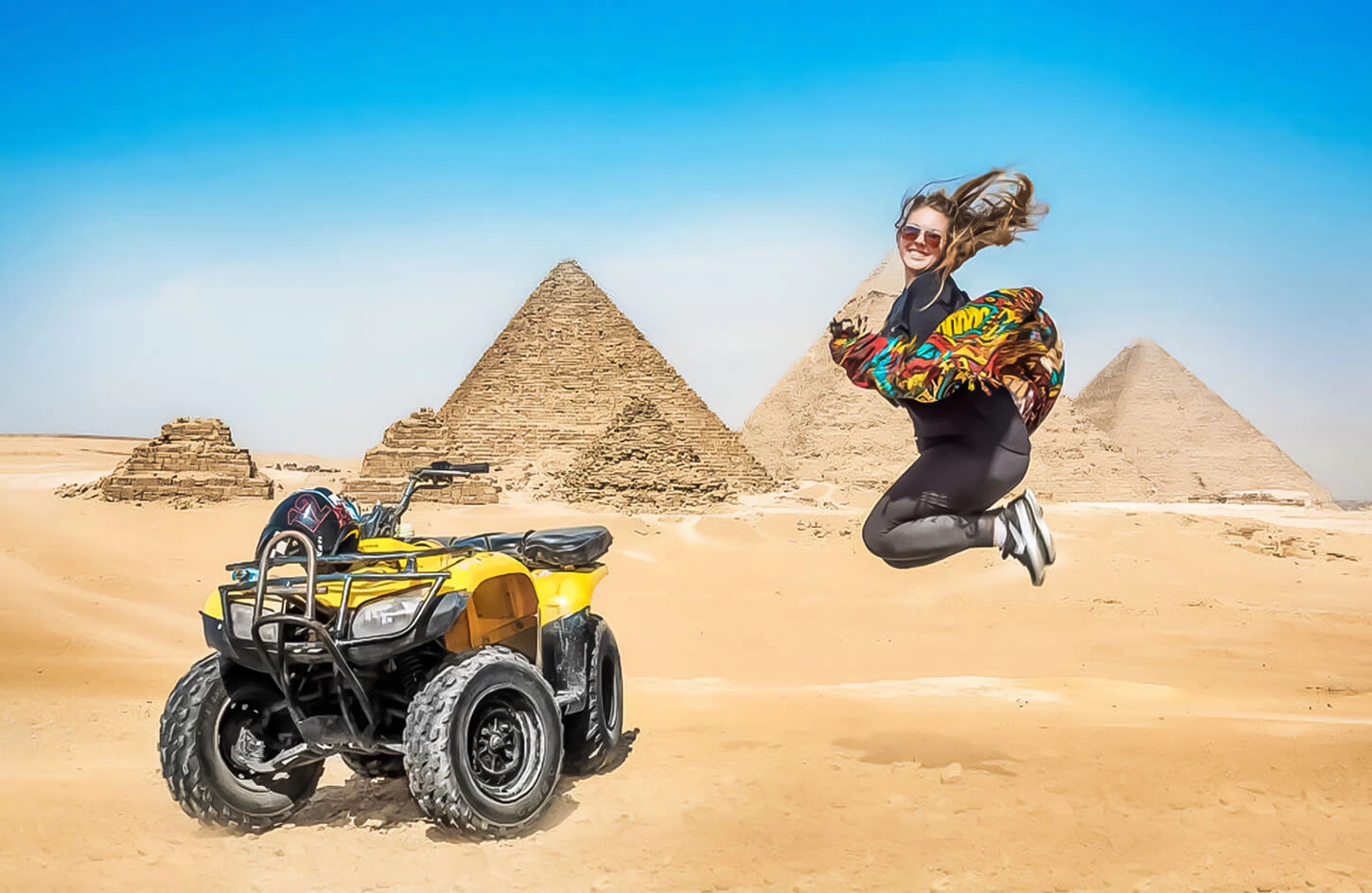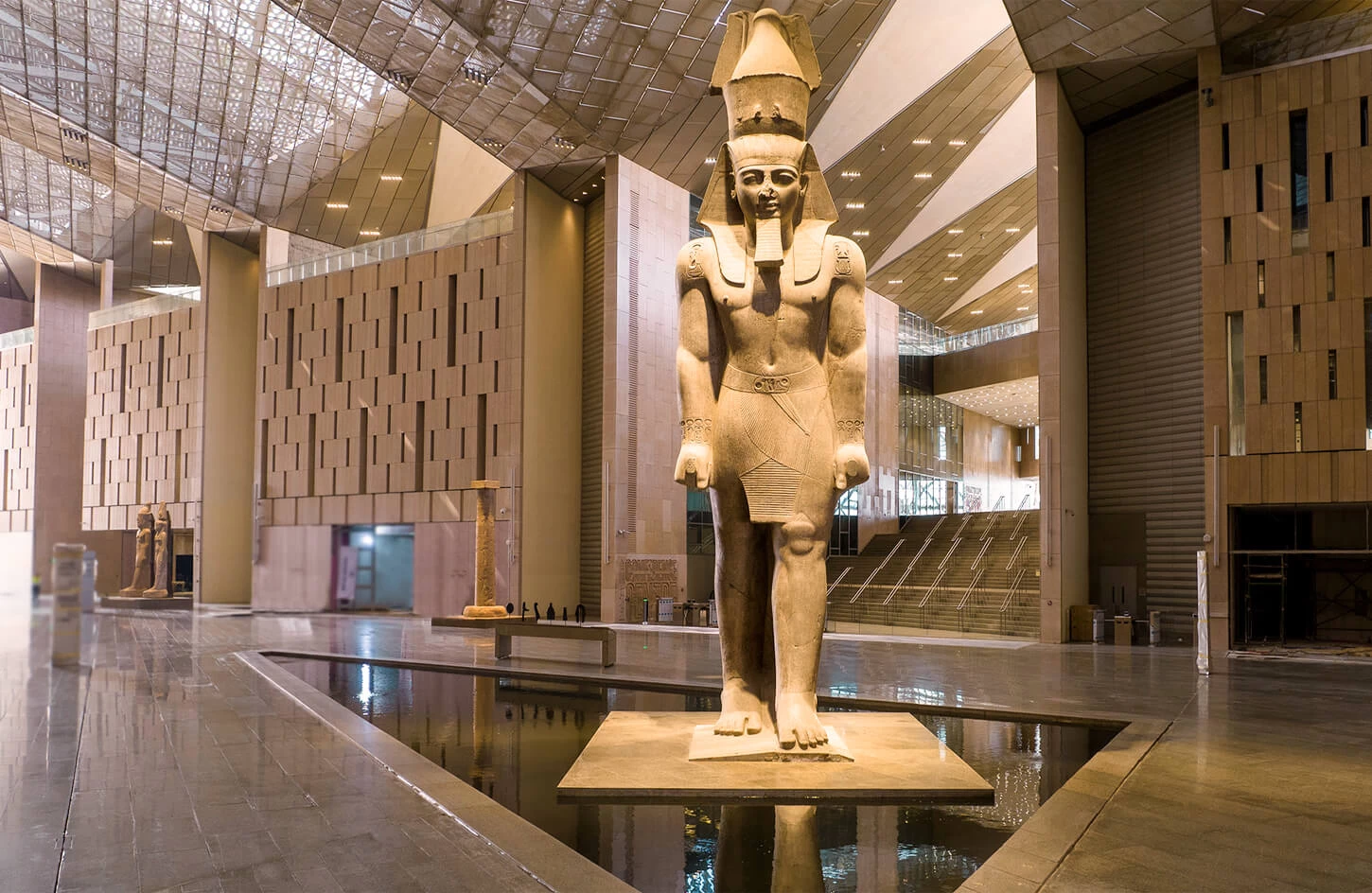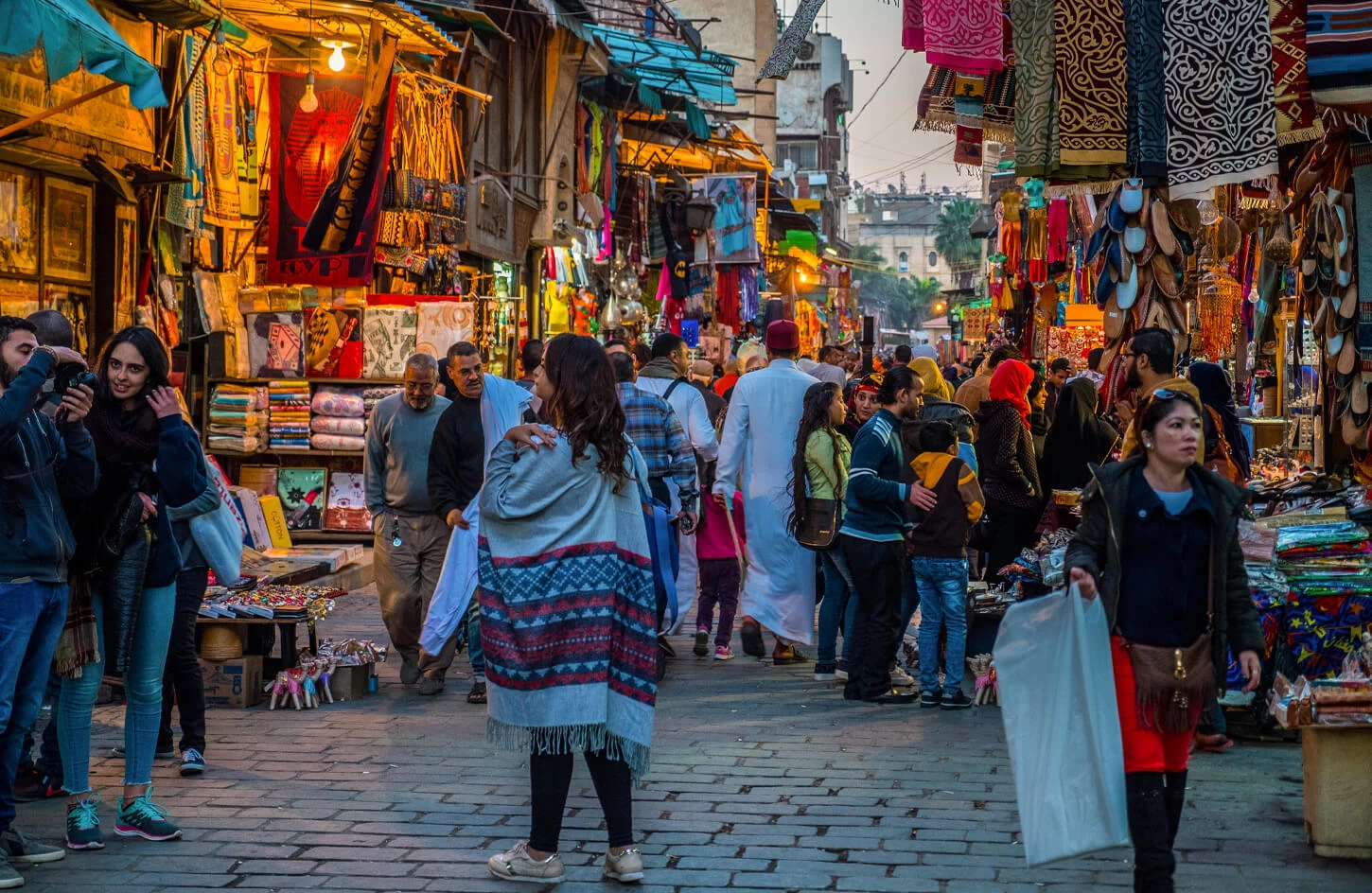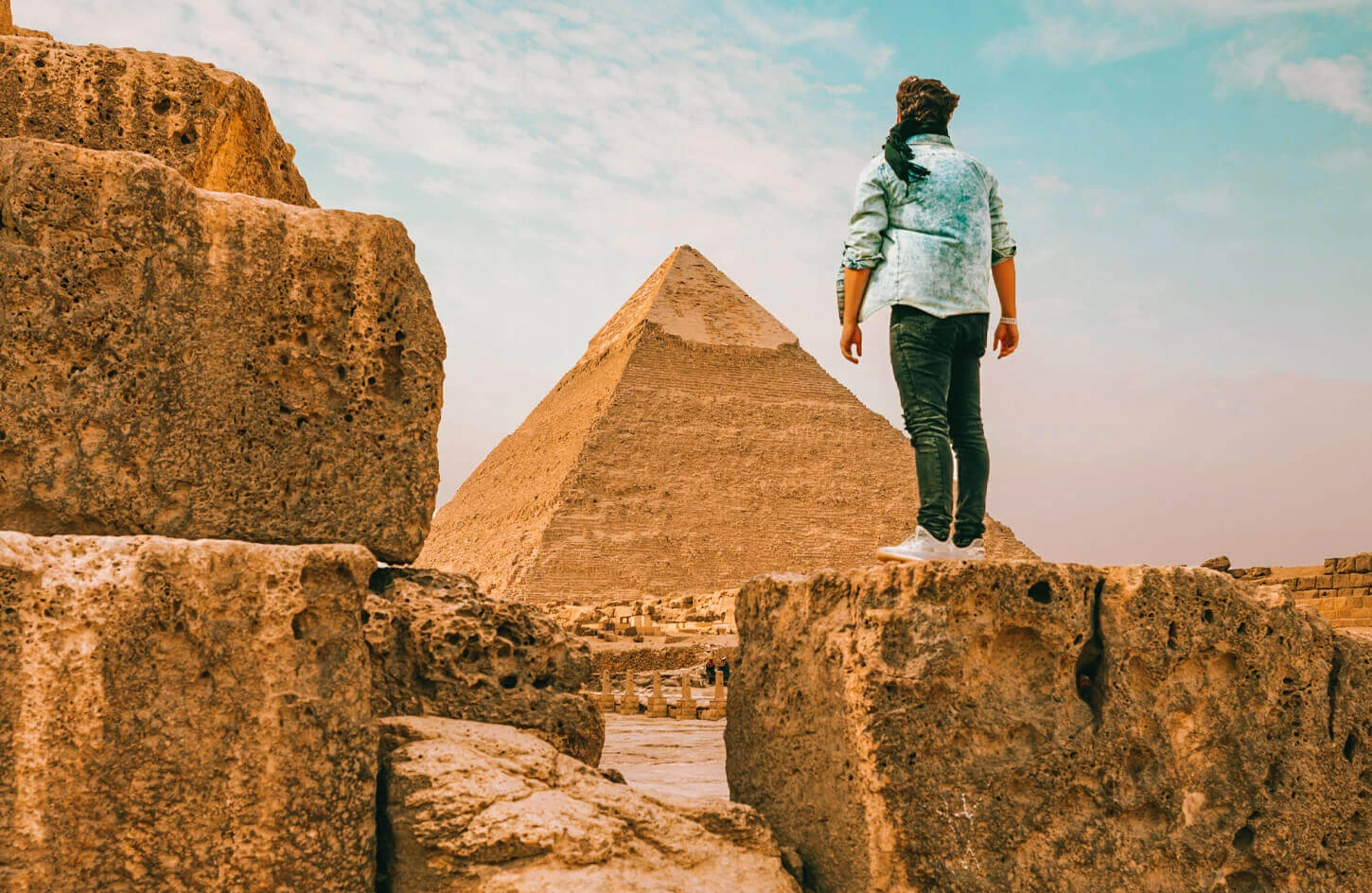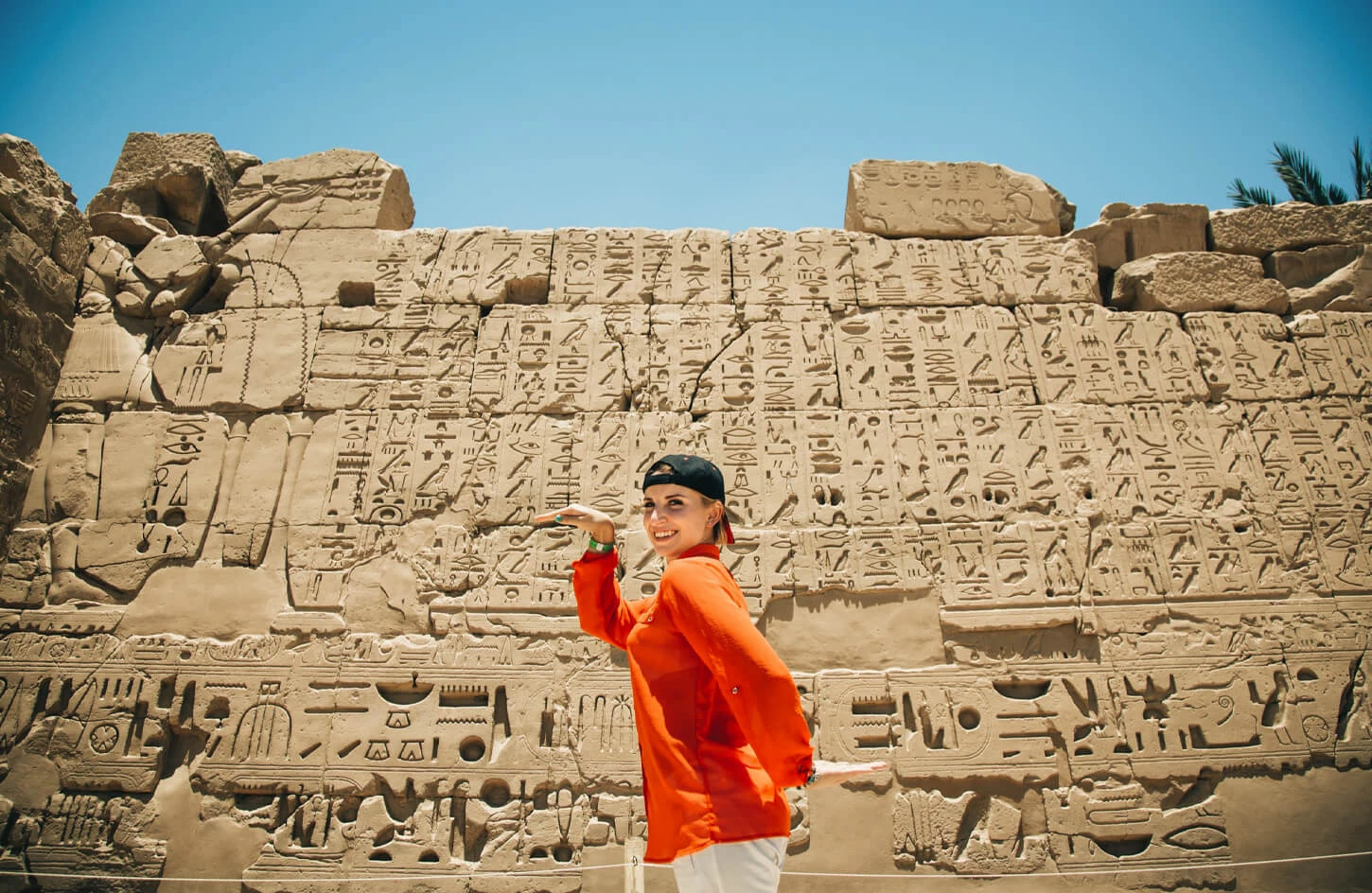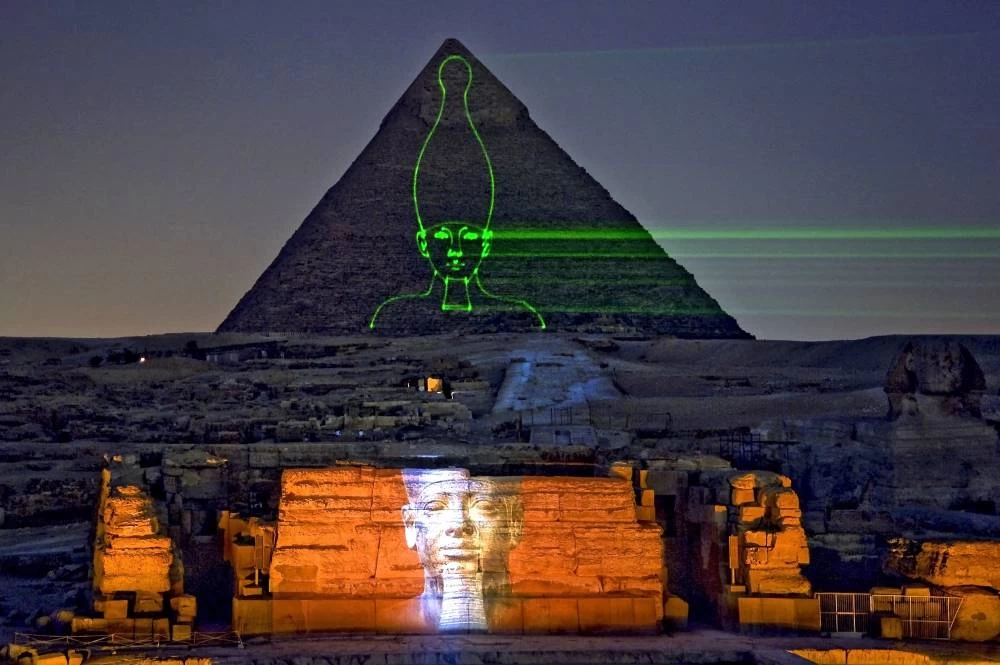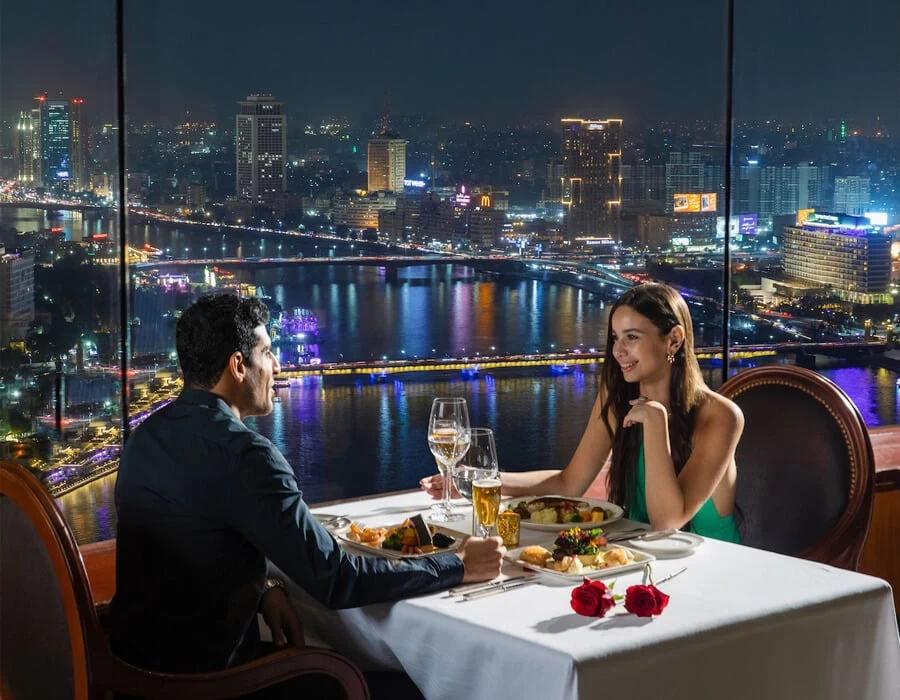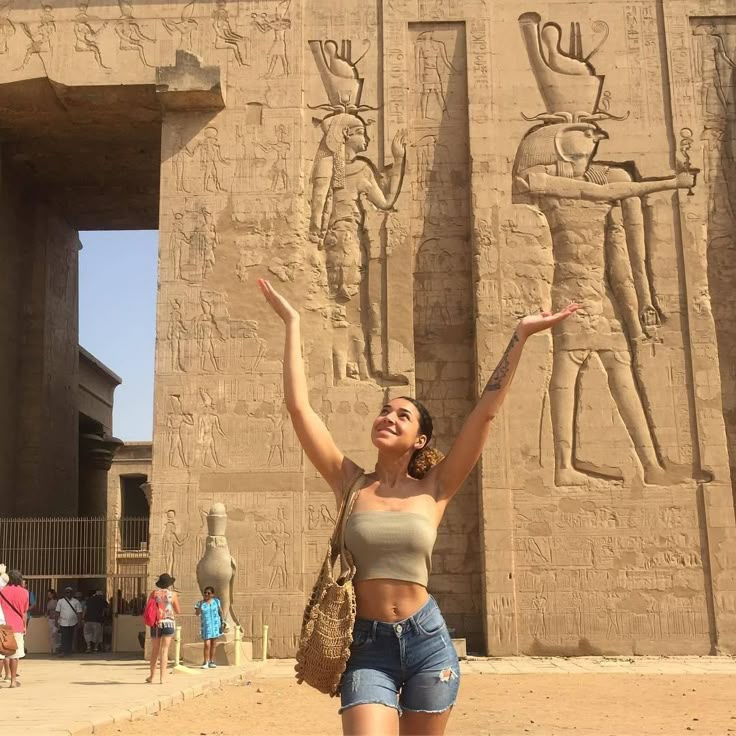Explore Egyptian Culture and Customs Unveiled
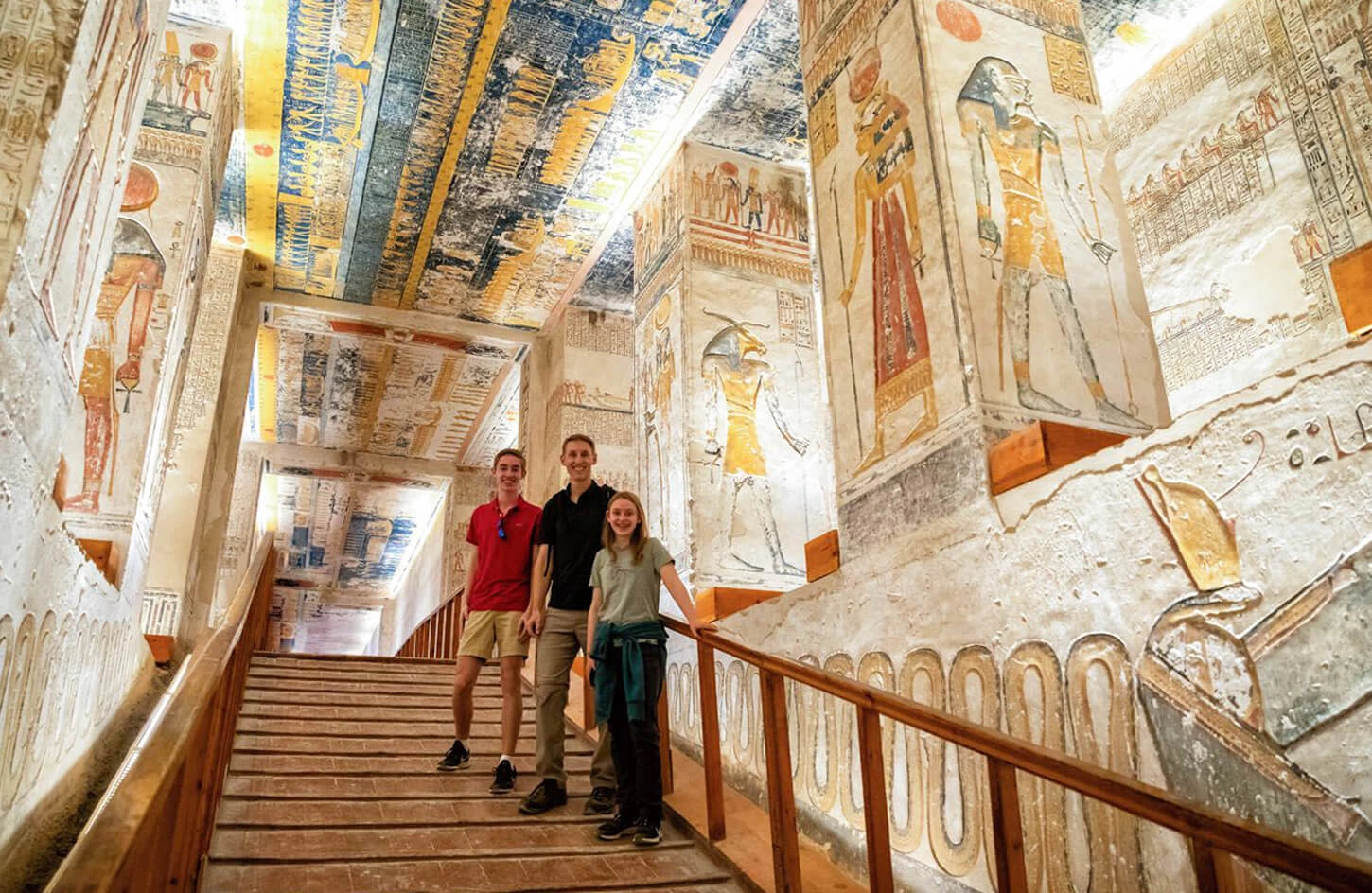
Standing before the ancient Pyramids of Giza seems like a dream. The stones carry soft murmurs of a civilization that flourished more than 4,500 years ago. The dance of sunlight across the terrain makes you almost feel the pulse of history in the air.
The moment is but a fragment of Egyptian culture and customs. These traditions have survived millennia. It is this combination of old and new that livens modern-day Egypt.
Everywhere you cast your eyes, from the frenetic pace of Khan El Khalili Bazaar to the artifacts of the Egyptian Museum, history becomes an open book. As you continue your explorations, see how ancient traditions intermingle with modern-day life. That is a legacy that influences generations.
Here begins the world of stories told by tradition. Each encounter inspires a journey into the heart of Egyptian culture.
The Significance of Egyptian Culture and Customs
Egyptian culture has great significance due to its antiquity. One will understand how customs of old form a part of modern life. These shape Egyptians' identities.
The family plays an important part in Egypt. Families form the social fabric of surrounding communities. This makes Egypt a safe and warm place for tourists. Festivals reaffirm the respect for family. They celebrate agriculture and spiritual concepts. With 90% of the local populace professing to Sunni Islam, the Islamic festivities are a major contributor to Egyptian culture.
Folklore events include traditional festivals that project an abundant culture of various local tribes, such as the Saʿīdī from Upper Egypt and the Bedouin communities. Modern-style festivals are introduced by contemporary traditions coming from Mediterranean shores and add new tastes and customs to Egypt's already flourishing cultural space.
Food is a very important cultural signature in Egypt. Fūl mudammis is quite reminiscent of pigeons in Egyptian history. The interlude of Greek, Turkish, and Levantine cuisines adds to its own.
In the cities, Western influences on the culture and fashion began in the early 1980s. This shows that the Egyptians are open to new ideas, yet their age-old traditions live on.
A Brief Overview of Egyptian History
-Egyptian history is long and fascinating. It shows how one of the world's oldest civilizations grew. The journey starts with the Dynastic Period, but it goes on for more than 2,000 years. During this time, communities began to form; they eventually split into two kingdoms, the Red Land and White Land, which were close to the Fertile Crescent.
-King Menes united Egypt. This was a key moment. The next was the Old Kingdom, which is known for peace and wealth. It carried some of the greatest achievements, such as the Great Pyramid at Giza. The Old Kingdom was a golden age. But there were also difficult times in Egyptian history. The First Intermediate Period was filled with war, famine, and disease.
-The borders of the Egyptian state were guarded against expansion in the Middle Kingdom; it conquered Nubia and formed friendships. This was a time of growth and change. The Second Intermediate Period was chaotic. Egypt broke into smaller parts. But the New Kingdom brought a new era of greatness.
This was the period when Egypt extended its boundaries and became a vast empire. Leaders like Queen Hatshepsut and Akhenaton made a big legacy. They shaped Egypt's history. History always shaped that society, belief, and culture. There was thought that life is precious and divine within all human beings. These beliefs are rich, from which we shape any given view about Egyptian culture today.
Egyptian Heritage: A Journey Through Time
-Going back into Egypt's heritage takes us back between 6000 BCE and 30 BCE: a time when we had amazing historical landmarks. The sites like the Pyramids of Giza exhibit the prowess and belief in engineering.
-Walking in Egypt is the world-twisting landing of traditions, as their advanced engineering turned into bricks and pride. Residents lived in their own homes according to the wealth they had, thus demonstrating economic gaps.
-Art was key in Egypt, thriving from 2040 to 1782 BCE. It influenced and inspired many cultures worldwide to show how creative Egyptians could be. Egyptians had swimming and rowing, showing how much they enjoyed leisure activities.
-Henna painting is a tradition that continued through the years wherein painting is used in weddings and ceremonies. Coffee and tea are associated with social events, as it usually indicates hospitality.
-That lively bazaar activity, going to souks, is most apparent in bargaining, which involves connecting people. Holidays like Eid al-Adha and Sham El-Nessim join the past to the present, with vibrant partying over life and people.
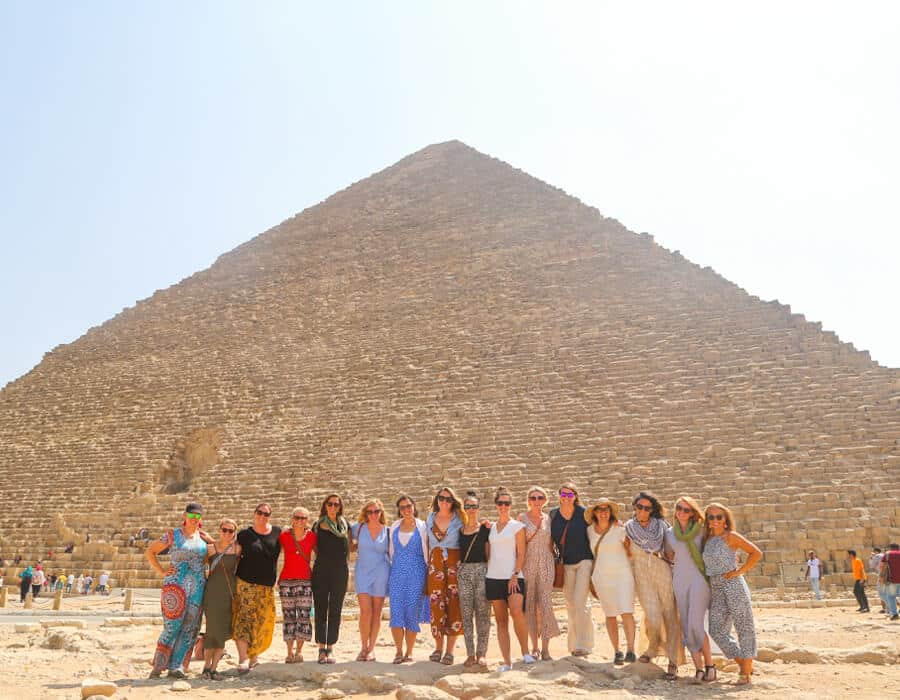
Religious Practices in Ancient Egypt
Religion was fundamental for ancient Egypt, which survived for more than 3000 years, serving mainly to join man with gods and goddesses. Spiritual customs determined the course of daily life.
Worship was given to important gods like Re and Osiris. The conception of the afterlife was engraved in colossal monuments. Temples were places of worship as well as local community centers for people to congregate.
Things one would consider traditions of a religious nature in ancient Egypt include:
- - Mummification to prepare the dead for the afterlife.
- - Communication with the dead for insight from ancestors.
- - Divination and oracle practices in order to foretell future happenings.
- - The use of magic in conjunction with divine worship.
The Pharaoh acted as a mediator between gods and men, rendering order and harmony. Spiritual customs were shared even by commoners, attesting to the massive range of religion.
Over time, portrayals of gods changed. This evolution was seen in temples as well as on everyday objects. Although the practices were fading away with the emergence of Christianity and Islam, some traditions can still be found in Egypt today, a testament to the continuity of ancient Egyptian religion.
Architecture: The Wonders of Ancient Structures
-Egyptian civilization left behind the most magnificent structures that the world has ever witnessed. There were creative minds that raised these marvelous monuments between 3100 B.C. and A.D. 300—A perfect example is the Pyramids of Giza. These buildings were not merely tombs. They were manifestations of the power of the kings and the convictions of the people.
-The Egyptians conceived a unique building method known as post and lintel. They constructed tombs and temples using stone. But mud brick was the material of choice in common domestic houses. Their temples were even astronomically aligned. This clearly indicates their love for nature and the cosmos.
-The Great Hypostyle Hall of Karnak, with 134 columns reaching 24 m in height, demonstrates the grandeur of ancient architecture. These royal tombs, referred to as mastabas, evolved greatly over time, thereby showing the evolution of burial traditions.
-There are many tombs in the Valley of the Kings in Thebes, which entered in simple forms but were greatly complex as time wore on. Burial chambers and chapels were important in ancient Egypt, which were built for offerings to the dead. The proper formation of the pyramid was a big deal in the Old Kingdom.
-Temples were significant too-investi of sun temples in Heliopolis and temples of different gods. These temples had important features, like reception areas and altars.
-These ancient buildings blend beauty and usability; their very design shows the Egyptian ability to create structures that survived thousands of years and are now objects of admiration.
Egyptian Culture and Customs: Traditions That Endure
Egyptian traditions extend with rich color to woven fabric threads that span several centuries. Some of the customs of ancient Egypt still operate today. Social and familial-style events show how people cherish the spirit of community that is celebrated during the month of Ramadan.
Daily life, music, and dance reflect cultural practices. Traditional songs identify weddings and festivals. Folk dances such as the "tanoura" find their place in events, emphasizing Egypt's eternal traditions.
- Several traditions are established here, almost a week for weddings.
- Traditional foods like koshari are linked to history.
- Traditional clothing like the jalabiya carries local customs and shows diversity.
Some of these customs bring out the culture of Egypt. Cultural tours in Egypt or at local events offer wonderful opportunities to witness these traditions firsthand.
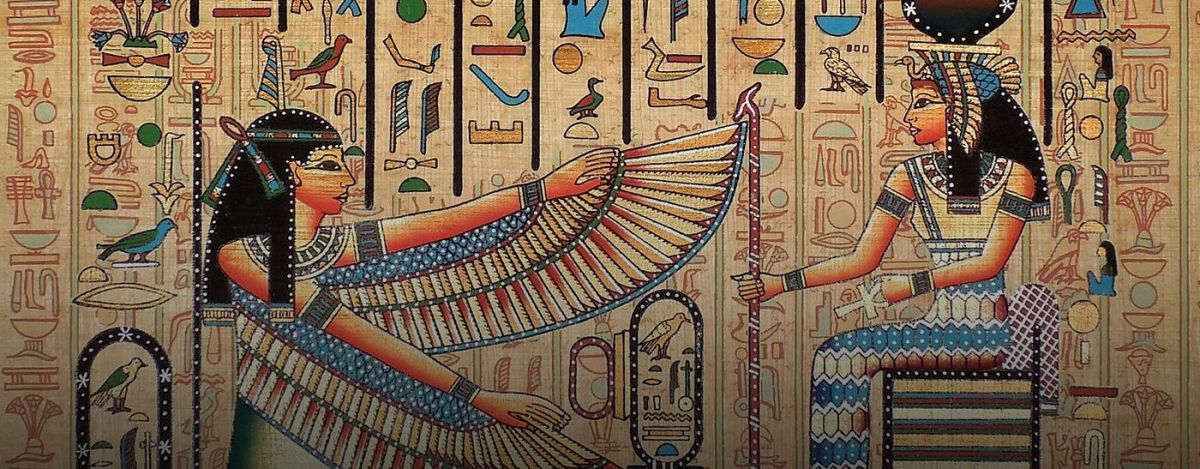
The Influence of Agriculture on Egyptian Society
From ancient times onwards, agriculture was an indispensable pillar of social life in Egypt. The Nile River, with its flood-prone, alluvial banks, became potential grounds for growing crops. It began around 8000 BCE.
The annual inundation from the Nile produced conditions suitable for cultivating emmer and wheat. A harvest from such crops was usually enough to last for an entire year. Often, emergency and commercial storage sites were filled with grain for trade and emergencies.
Principal crops included:
-
Emmer
-
Chickpeas
-
Lentils
-
Onions
-
Garlic
-
Papyrus
-
Flax
-
Castor oil plant
-Irrigation canals demonstrated advanced knowledge and skills in agricultural practices. Today, it could be said that other civilizations borrowed this. The majority of the population depended on agriculture, whether it was for their own cropland or for the temperate estates.
-Their diet chiefly consisted of vegetables and certain fruits, such as grapes and peaches. In addition to emmer-based beer, bread was produced and consumed on a daily basis.
-Agriculture in Egypt was large; as estimated, about one-eighth of the GDP was directly derived from the agriculture sector, while farms decimated a quarter of the labor force in practical terms. It can be said that this has strongly linked modern farming with the ancient ways, indeed reflecting the legacy of impact.
-Important crops like papyrus and flax were used to make paper and clothes, respectively. Henna was used for dyeing. The new and the old thus come together into an ecosystem, and they prove altogether the everlasting identity and economy agriculture has in Egypt.
Daily Life in Ancient Egypt
Heaps of social positions, cultural practices, and traditions characterized daily life in ancient Egypt. Families formed the very fabric of everyday life, most of them living together, demonstrating how important community was even in rural areas. For most Egyptians, their lives revolved around agricultural produce such as wheat and barley. There was also trade and handicrafts, with artisans producing goods for the markets. There were stratifications—from kings down to peasants, each having their own clear-cut roles—the hallmarks of life then.
- Occupational Roles- Scribes, big-time respected people, were believed to have inspiration from the great god Thoth. They read and wrote histories and kept records.
- Women in ancient Egypt could learn and work and became scribes or doctors.
- Children: Kids had household chores and games to demonstrate traditions.
Festivals formed public-independent and religious holidays. An example is Labor Day, while Eid al-Fitr is purely religious. These events constantly present communal life in Egypt. These events helped keep Egyptian values and identity alive, linking past and present.
You can still see ancient life, for example, through museums or cultural events. This shows the history that has shaped Egypt's identity.
Language and Writing: The Magic of Hieroglyphs
Egyptian culture would very much include hieroglyphs. They were written in religious texts and great inscriptions and came into being before the Early Dynastic Period. The term medu-netjer, meaning 'the god's words,' shows how very sacred hieroglyphs were. They were used for magic and to document events.
Egyptian writing was originally meant for trade and recording offerings in tombs. At first, hieroglyphics were used in texts that told personal stories or prayers. This served both spheres of life: with spirituality, but also in everyday life.
- Hieroglyphs combined pictures, symbols, and sounds into a very complex system.
- They had phonograms for sounds and signs, making the language rich.
- Determinatives cleared up meanings; the writing might go in different directions.
-Hieroglyphic writing lasted for more than 3500 years. It was essential to the life of Egyptian history and culture. The estimates of scholars place the count of words found in hieroglyphic texts at around 5 million.
-There were more than 5,000 hieroglyphs by the Greco-Roman times. By the 4th century CE, reading and writing in hieroglyphs became less common. Deciphering hieroglyphs by Jean-François Champollion in the 1820s was a big breakthrough. The Rosetta Stone helped him understand this ancient language.
-Hieroglyphs were written on papyrus, leather, and even in the "Pyramid Texts." They bear witness to the ancient Egyptian beauty that was to be heralded. Neither the rise of demotic script nor the Coptic absorbed that magic.
Traditional Egyptian Cuisine: A Culinary Journey
Egyptian cuisine has a history of sweet and sour flavors and traditions. This is influenced much by the history and geography of the region. Egyptians have been cheese lovers for over 5,000 years, with a specialty in making mish. This is a salty, fermented, homemade cheese often produced in rural areas.
Koshari: It's a mixture of rice, lentils, and spaghetti with a sharp-tasting tomato sauce and garnished with crispy onions. It is famous among many found in food carts or restaurants.
Ful medames: A very filling dish made of fava beans, garlic, and lemon juice. This is a traditional Egyptian base breakfast.
Mahshi: Cooking vegetables like zucchini and eggplant with rice and herbs and spices tends to make a meal delicious.
Molokhia: Delicious soup prepared with molokhia leaves and mostly chicken or seafood. It illustrates the freshness of the local produce.
Feteer Meshaltet: It's flaky pastry, thought to have been offered to the gods. Sweet or savory fillings can be relished with it.
Grilled Kebabs and Kofta: Meat dishes to serve with bread, salads, and dipping sauces. They're pretty famous.
Alexandrian Sandwich: Among the street foods are livers, sausages, and spices. It is mostly popular in the streets of Egypt.
It can be said that tea has a very specific place in Egyptian cuisine. How different people prefer to prepare their teas and the amount of sugar they put into it varies from one individual to another. Other sweet desserts to the meal include the semolina cake in syrup, Basbousa. It is a feast for the senses, whether one tasted the traditional dishes or forms, as it linked the present with the past.
Modern Egyptian Customs and Their Origins
-The modern customs of Egypt are characterized by a blend of old traditions, new customs, and quite a long cultural history. They represent family roles, religious life, and the fun of holidays. Nevertheless, over time, these traditional customs have remained important.
-Religious Observances: Islam plays a significant part in all activities. Demonstrated in Eid al-Fitr and Sham Nessim, big festivals portrayed many of the new traditions alongside old ones.
Weddings: The Egyptian wedding ceremony is voluminous and involves ancient methods of celebration.
Hospitality: Welcoming someone into someone's house means a lot to Egyptians; it shows the greatness of welcoming. Expect a big spread because that symbolizes fullness.
-Even the little things are traces of old roots. When you visit someone, they give you sweets that usually indicate you are being thanked. Food remaining on your plate means not being deficient, according to very old values.
-Dressing modestly is a crucial part of Egypt. Young people may gear up in modern clothes, but older traditions really guide choices in what kind of clothing is acceptable. Formally using Arabic, but English and French bridge the cities, filling in for the cultural mix.
-Such traditions keep speaking to us about where Egypt stands today. Egypt becomes global, and so its antiquity lives on strong.
The Role of Art in Egyptian Culture
Art occupies a prominent place in the heart of Egyptian culture. The artistic richness of the nation is presented there. For almost the last 5,000 years, Egyptian art drew its characters from the Nile Valley.
In brief, this stability enhanced the growth of art into perennial styles during various times, such as the Predynastic, the Old Kingdom, and the New Kingdom.
Yet the ancient Egyptian artisans had their share of problems. But they managed to overcome them with innovation and themes that lasted for ages. The ephemeral art was shown to be influenced by the Nile and deserts around Egypt. These artisans used valuable minerals and semi-precious stones to make their masterpieces everlasting.
- Art was, or rather is, an expression for grand buildings such as temples and palaces.
- Symbolism held immense importance, with motifs that were thought to expel evil viewed through the artist's eyes.
- Art for the tomb was the medium through which the living were connected to the dead, the oneness of the tomb art, and its spiritual worth.
- Colors in art were endowed with special meanings in relation to the divine capacities they represented.
Hieroglyphs acted with art to connect man to the divine and to assure the success of the rituals, which were to take the dead into eternal life.
Modern artists today reference the past of Egypt. They marry old techniques with new ideas, sustaining the life of Egyptian art and drawing audiences from around the globe.
Cairo: The Heartbeat of Egyptian Urban Life
An active city, Cairo forms an almost theatrical centerpiece to Egyptian urban life. It is essentially the mixture of characters-culture versus culture. The market and the ambience give you the true Cairo feel.
- Khan El Khalili is the main bazaar. Traditional crafts and food are well-known here, showing a glimpse of Cairo's cultural wealth.
- Art and social happenings are part and parcel of any kind of Egyptian daily life. The Pharaohs' Golden Parade holds much importance; it unites the ancient and the modern, captivating everybody.
- The Pyramids of Giza are cultural landmarks in Cairo. They also have modern art shows, putting Cairo on the map for art.
- Fashion shows held in the Pyramids showcase the modern global role of Cairo, turning it into a fashion city.
- The city, in turn, attracts artists and innovators to foster a creative environment.
Going green finds a good representation through Eco Egypt initiatives aimed at nature conservation and tourism promotion. Local schools such as Ahlan Cairo offer a diversified student pool. The result is a cultural melting pot for the various peoples and civilizations that have traversed Egypt's long past.
Cairo gives an inkling of its role in urban life. There are traditional elements and modern aspects. Every visit lets you feel the pulse of Egypt.
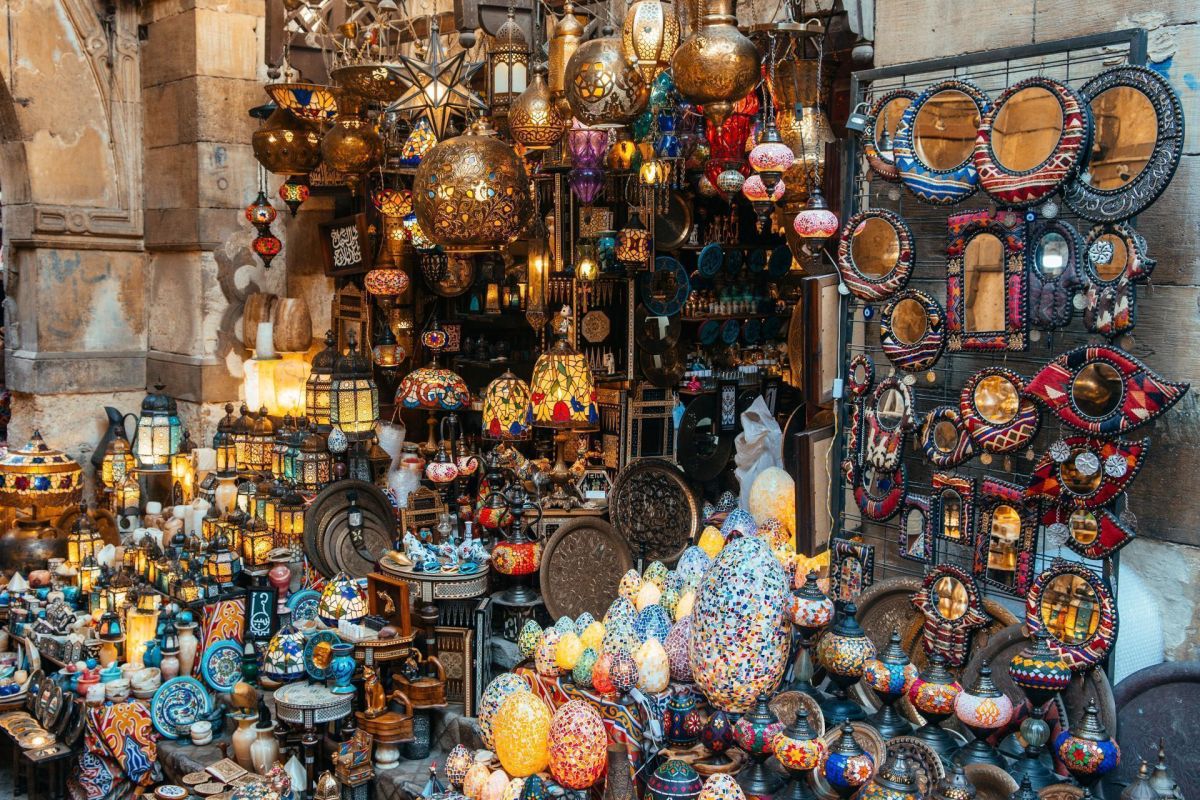
Visiting Cultural Landmarks: Must-See Sites for Travelers
-Egypt is a land ripe for discovery, full of history and culture. You will find breathtaking cultural landmarks to visit-the Pyramids of Giza, the Great Sphinx, and the Egyptian Museum are among them. They depict the glory of ancient civilizations.
The Pyramids of Giza are, they say, the greatest and most revered pyramids still today. They were built between 2640 and 2525 BC and took about 10,000 workers carefully building them.
-Until one has set foot in the Egyptian Museum, the visit to Cairo cannot be said to be complete. With over 150,000 artifacts, it houses the largest collection of Pharaonic artifacts in the world. Gaze upon Tut's mummified body quite closely as you plan your visit, double-checking museum working hours.
-If you can find a way to see the Red Pyramid in Dahshur and the Step Pyramid of Djoser, you will certainly appreciate Egypt's architectural advancement beyond the three famous pyramids.
-In Cairo, explore the Coptic Quarter, which houses ancient churches such as the Church of Saints Sergius and Bacchus. These churches testify to the area's rich religious history. For a more enlightening experience, a guided tour is recommended, as it will expand your knowledge about these landmarks. Other cultural landmarks manifest the country's historical significance too, on your way in Egypt. These sites are major attractions for any traveler's journey.
Exploring the Beauty of the Nile River
-The Nile, as the traditional giver of life to Egypt, has always been known to flow into the heart of Africa with a length of about 6,650 km (4,130 mi), claiming the title of the longest river in the world. Its drainage basin lies in ten African nations, greatly impacting local culture and economies on its course.
-Cairo is a dynamic city, 23 million people strong. The Nile's charming beauty creates a cultural contrast with the city's modern facade. Taking a felucca ride through the waters along with some riverside dining would mean being part of local customs.
-The Temple of Kom Ombo, built from 180-47 BC, is worth a mention. It shows the Nile and its importance in ancient Egyptian worship. The temple dedicated to Haroeris, the falcon, and Sobek, the crocodile, is split down the middle.
- The locks at Esna provide an interesting view of the benefit imparted by the Nile as the link to various communities of the land.
- Nearby lie the Pyramids of Giza, testaments to the grandeur of ancient civilization, the Great Pyramid being the largest.
- Another site not to be missed is the Grand Egyptian Museum, covering the full history from antiquity to the present day.
- The Nile is not just attractive; its spiritual meaning in Egyptian culture even today cannot be compromised.
Experiencing Local Markets: The Vibrancy of Egyptian Street Life
Lively and bustling local markets in Egypt display fine examples of rich culture; they boast unique items, which allow one to peek into Egyptian customs or perhaps even origins. Well-known as Khan El Khalili, this market in Cairo is locally visited for its gold jewelry, colorful lanterns, and everything that is typically Egyptian. From this point, localities are found in Souk al Fustat in Old Cairo, where Bedouin textiles are still sold alongside woodwork and ceramic goods. Every shop, in fact, has an interesting history of Egyptian craftsmanship. Luxor Temple's very own Luxor Market is another one to visit and find rugs, spices, and replicas of ancient artifacts.
The liveliest in these markets is street life. Where you will find merchants more acquainted with him at Aswan Souk by the Nile River. It will offer some Nubian handicrafts, spices, and souvenirs in handmade textiles. Visitors describe the ambience as affordable shopping in Aswan.
It is time, then, to go to the vibrant Nubian Village Market, where one can shop for clothes and pottery for a while while relishing the sight of the colorful Nubian houses. Talk with locals while trying out the delicious street food, which adds a crucial extra flavor or insight into Egyptian culture to any visit.
Connecting to the local community through friendly exchanges, learning about their everyday life and traditions. A trip to such markets would certainly broaden your love for Egypt's culture. Here, there are memories and souvenirs that will show the warmth of Egyptian street life.
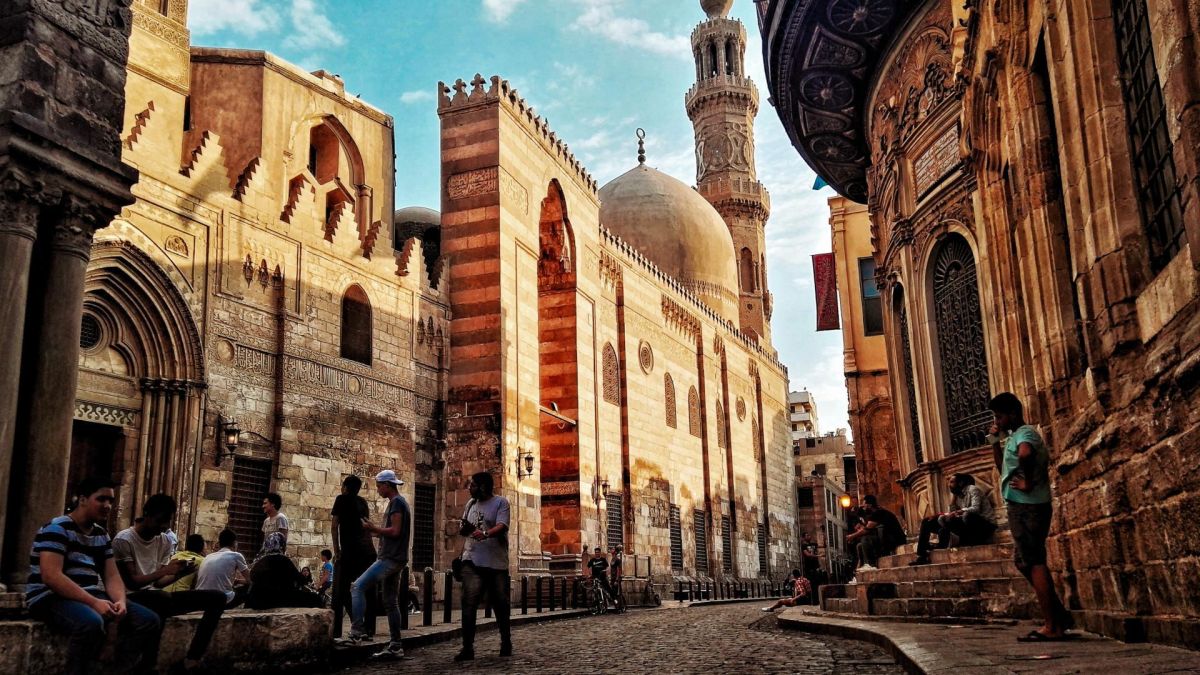
Climate and Its Impact on Egyptian Customs
-Cultural practices and daily activities are much affected by the climate of Egypt. Most of the population lives on only 6% of the land, near the banks of the Nile. This harsh and arid climate touches every aspect of their life.
-Daily routines revolve around the severe weather of the summer. Lunch breaks are taken when the sun is hottest, with work resuming after sunset.
-In terms of dress, the climate dictates traditional dressing. Loose-fitting and breathable materials make up the traditional outfits, allowing locals to keep cool.
- Agriculture employs about 21% of the labor force, thereby using land that barely exists. It supplies about 30% of the food needs of the country.
- National festivities are marked according to the farming calendar and thereby represent the people's relationship with the weather.
- City-grown populations may reach as much as 75% by 2050. This immensely increases the impact weather will have on life in the city.
On your Egypt Tour, you will see the climate influence its culture and daily lives. Such knowledge, hopefully, would deepen the meaning of one's visit. Even as the weather changes with time, respect will dawn upon the traditions.
Egypt is full of culture and customs steeped in the history and legacies of a civilization that is truly remarkable in this world. Each thread in this vast tapestry puts together the story of an amazing civilization, a tapestry into which you walk when you enter Egypt, touching along the way a cultural legacy that has indeed made history.
Today, the heritage of art, philosophy, and social practices lives on. Contemporary Egyptians coexist daily with their coffee ancestor and will have demonstrated influences of the past on their present.
By exploring the markets and temples and the diverse landscapes of Egypt, you will experience the living traditions of today. You would probably hear local dialects and various religious expressions. Each element adds to that image that you are trying to build about Egyptian culture and customs.
Egypt Day Trips lets you go on and really immerse you in this great country. These experiences are, after all, more than just sightseeing through the eyes of an outsider. They quite literally take you into the very essence of the traditions that define a beautiful land full of history.

